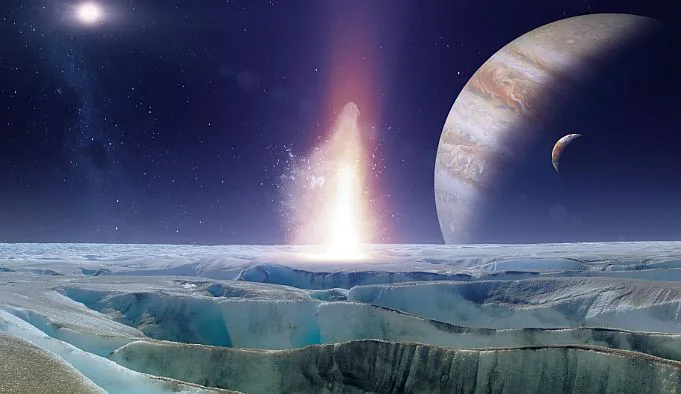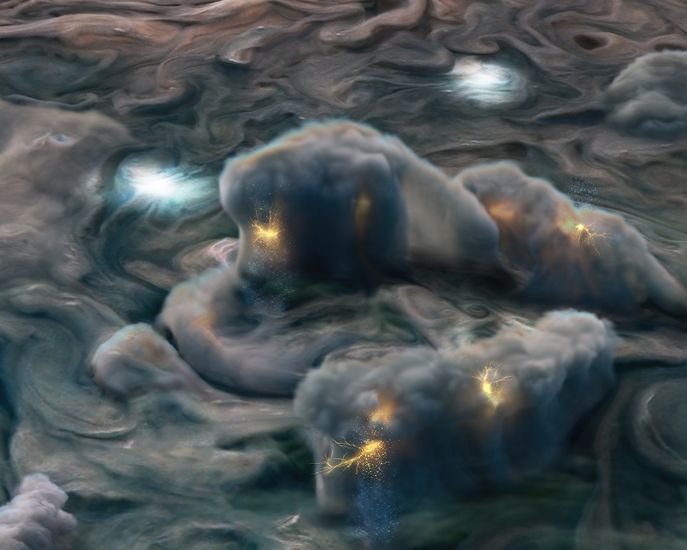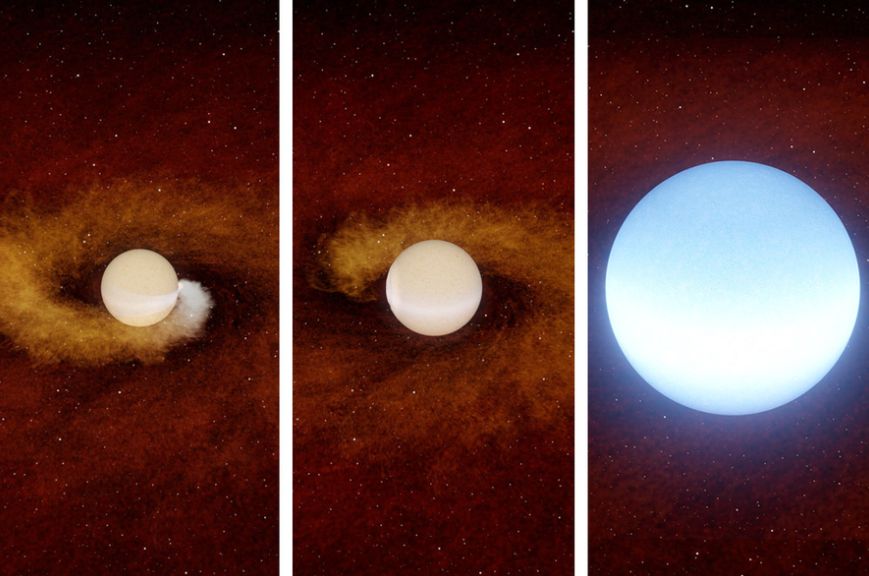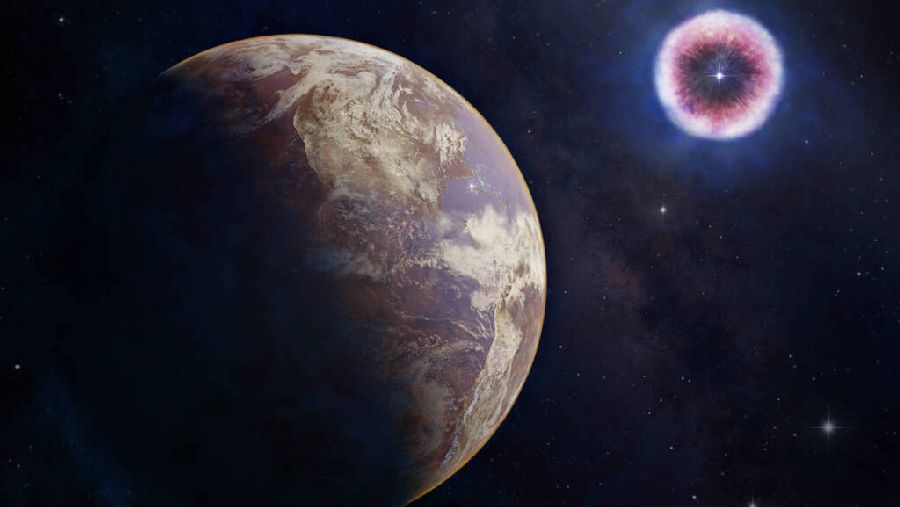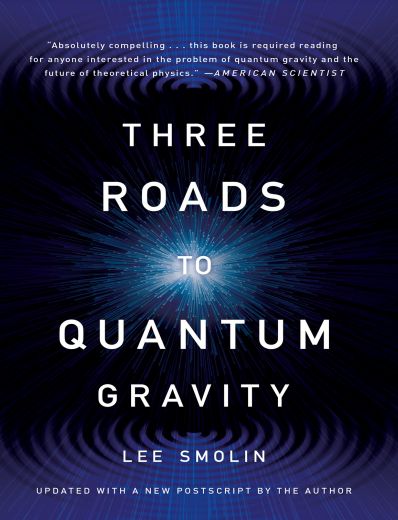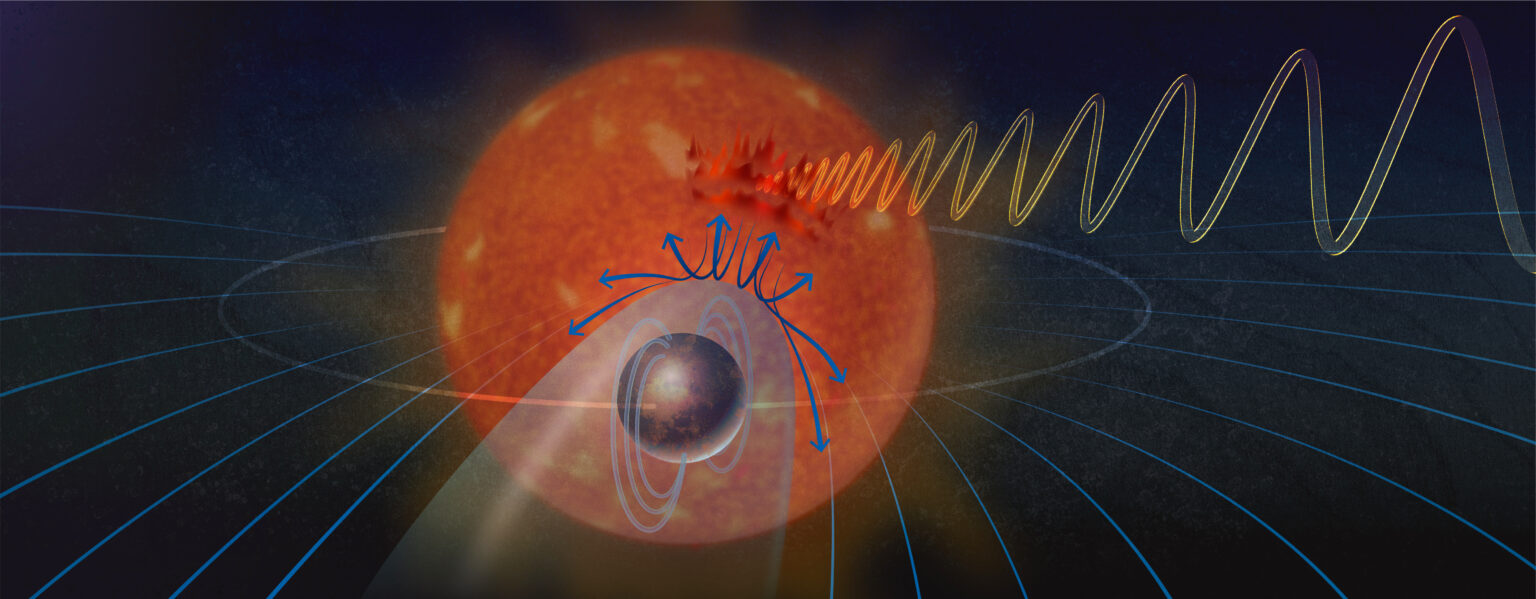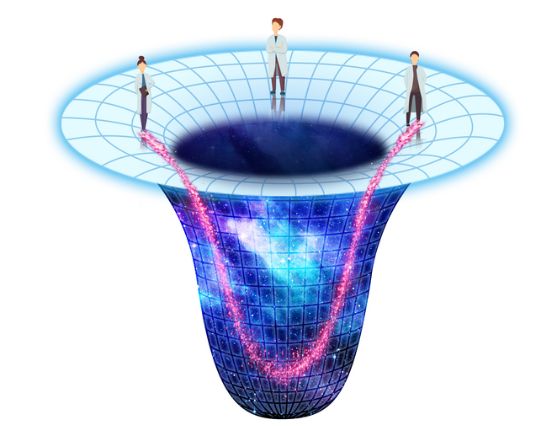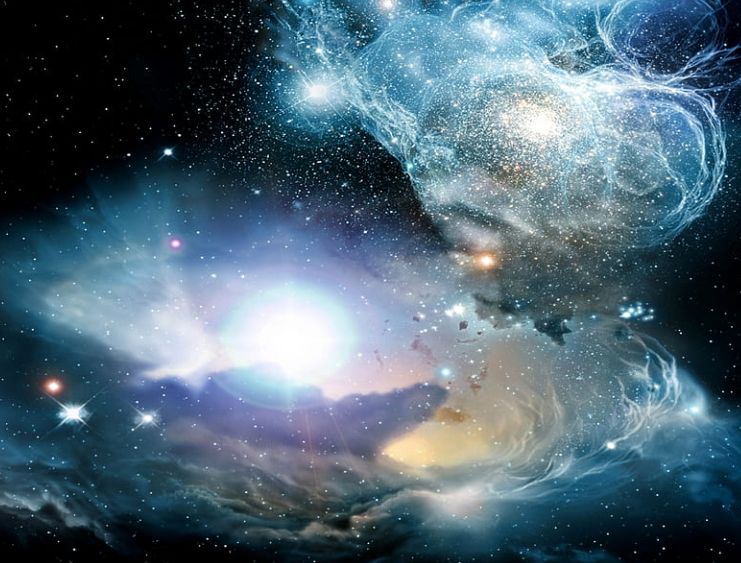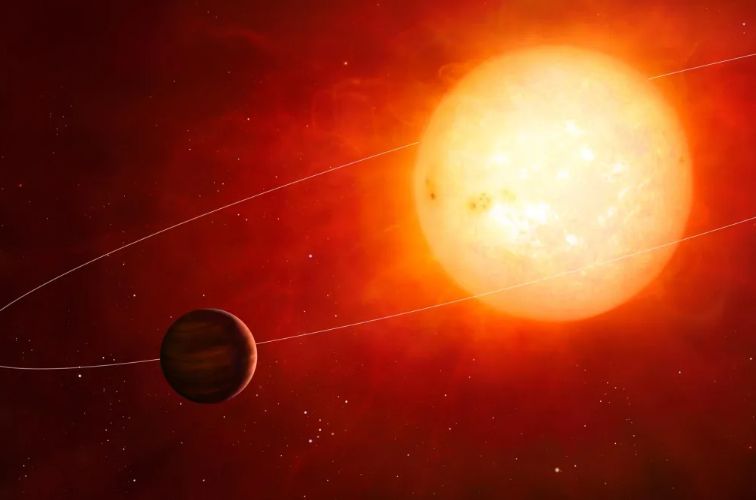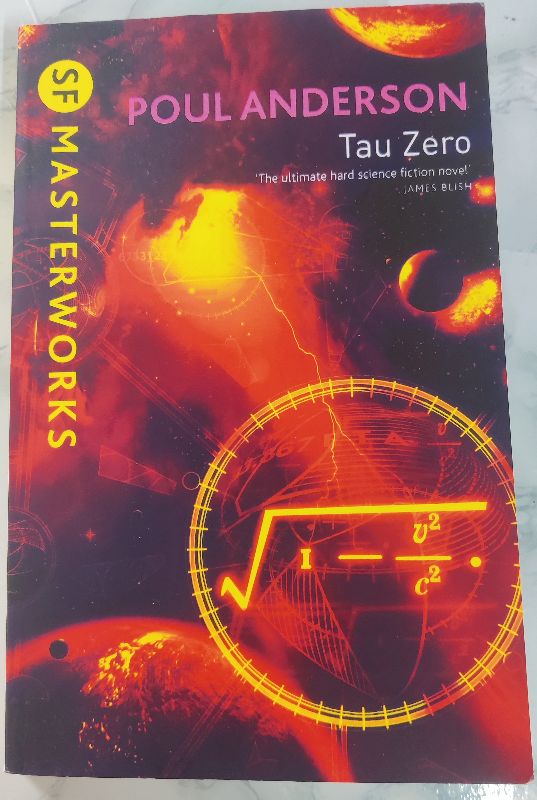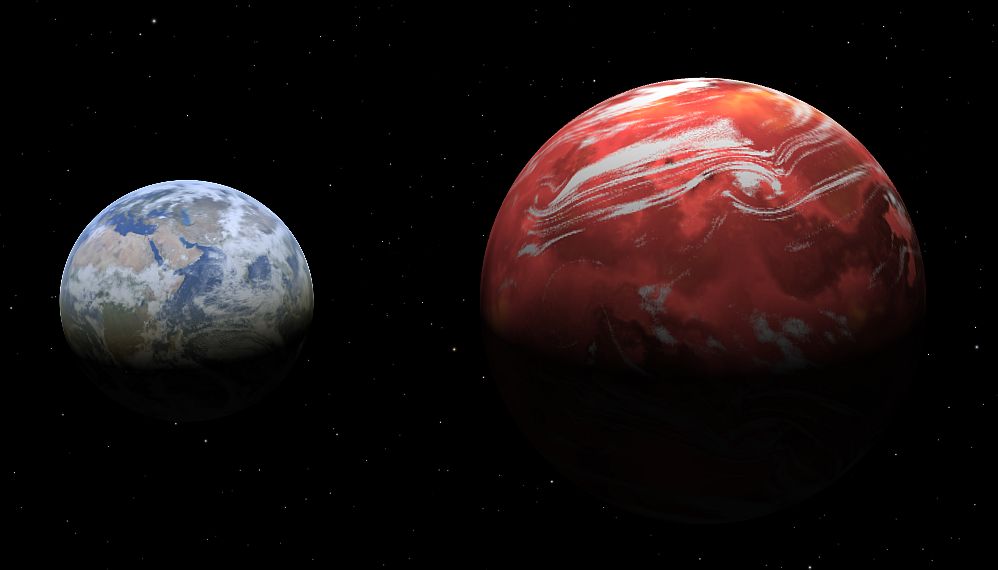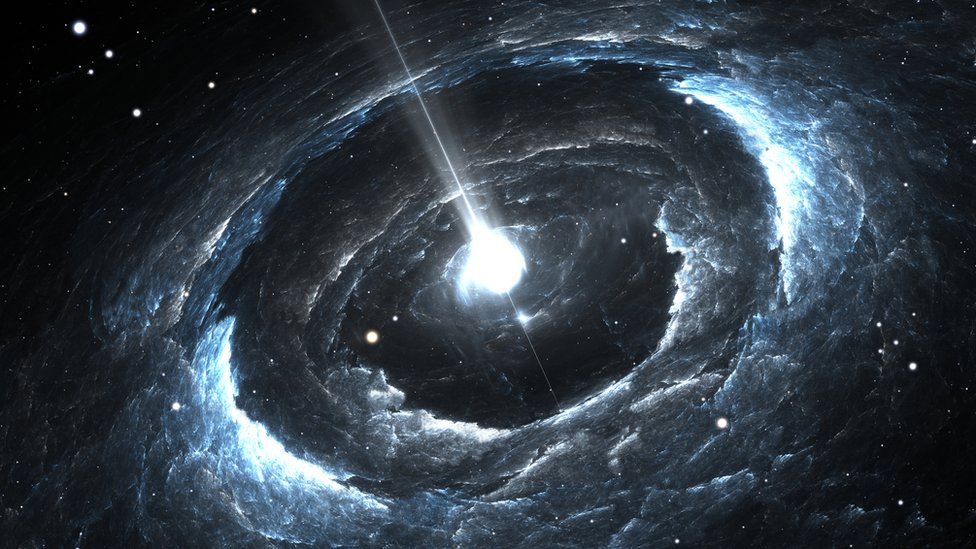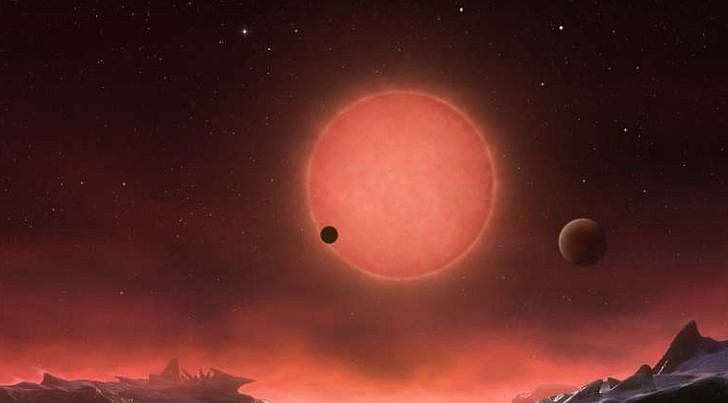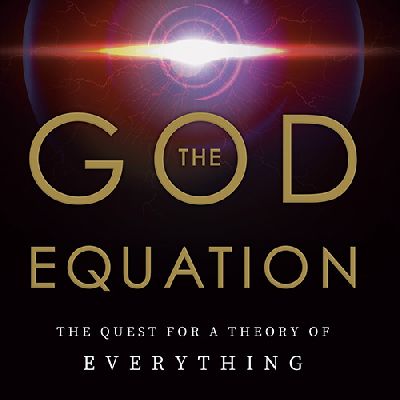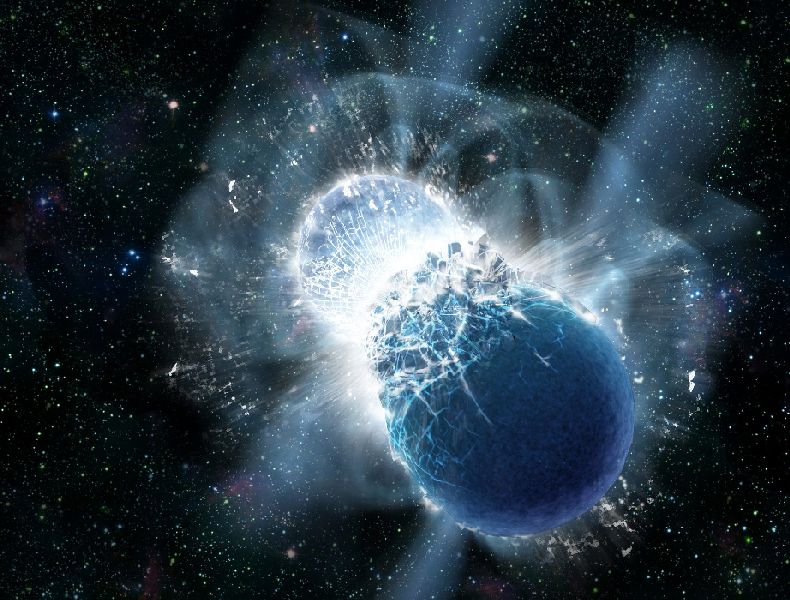The surface area of Europa, one of Jupiter’s moons, is slightly smaller than Earth’s Moon. Yet it has garnered a lot of attention from scientists as a potential site for extra-terrestrial life. Here are some of the reasons, why it is considered as potential for hosting life: Surface and Ice Shell: The surface of Jovian moon is covered by a layer of ice that is believed to be several kilometers thick. When it comes to the entire solar system, its icy crust is one of the smoothest. This implies that…
Read MoreTag: universe
Lightning Processes on Jupiter and Earth are Same: Lightning Dynamics
Juno is the famous space probe sent by NASA to study Jupiter. It was launched in 2011 and reached the gas giant planet in 2016. Instead of orbiting around the equator like previous missions, Juno entered a path that takes it over Jupiter’s poles. After its arrival, the space probe has been gyrating the planet in a specific orbit. With the help of special instruments on board, Juno is constantly collecting information from Jupiter’s environment. The main aim of the expedition, is to gather accurate data about the planet’s gravity…
Read MoreA Star Swallowing Jupiter-sized Planet: Planetary Engulfment
When a star runs out of fuel, it eventually reaches the end of its life cycle and begin to expand. It swells to hundred or even a thousand times its original size. The process is called as a “red giant” phase. The progression enables the star’s outer layers to become less dense. Consequently, the star starts to swell outwards. In some cases, the star may expand so much that it engulfs any nearby planets.
Read MoreTwo super-Earths orbiting M dwarf TOI-2095: Exoplanet Diversity
Astronomers are always looking for exoplanets since it opens the door for better understanding of the formation and evolution of planetary systems beyond our own. With this aim in mind, NASA launched the Transiting Exoplanet Survey Satellite (TESS) in 2018. Primary parameter of this was to monitor the brightness of nearby stars. Till now, TESS has surveyed nearly 200,000 of the brightest stars near the sun. And so far, it has identified about 6,400 candidate exoplanets. To date, 330 of these candidates have been confirmed as exoplanets through follow-up observations…
Read MoreBook Review: Three Roads to Quantum Gravity by Lee Smolin
Three Roads to Quantum Gravity: A New Understanding of Space, Time and the Universe is written by Lee Smolin. He is a theoretical physicist and senior faculty member at Perimeter Institute for Theoretical Physics. He has contributed significantly to the development of Loop Quantum Gravity and Deformed Special Relativity.
Read MoreMagnetic Star–planet Interactions: YZ Ceti b
Magnetic field is an important characteristic of a planet. And when it comes to Earth, the field is generated by the motion of molten iron in its core. It not only protects the atmosphere on Earth from cosmic radiations but it also deflects the charged particles spewed off by the sun. In absence of magnetic field, planet’s atmosphere would erode. Thus, making it less habitable.
Read MoreGravity is Holographic Projection from a Higher-Dimension: De Sitter Space
According to Einstein’s theory of general relativity, gravity arises from the curvature of spacetime, caused by the presence of massive objects. This curvature, also, impacts the motion of all nearby objects thus, causing them to move in curved paths. General relativity however breaks down under extreme conditions such as those found in black holes and the early universe. These conditions comprise of high energies and densities, which exponentially influences the effects of quantum mechanics. And it has been observed that the laws of general relativity no longer provide a complete…
Read MoreStellar Nurseries Hotbed of Chemical Activity: Star Formation
Astronomers have discovered a potential key step in the chemical process that occurs in “stellar nurseries,” which are clouds of gas and dust in space that eventually form young stars and planets.
Read MoreTwo Earth sized Planets Orbit a Red-dwarf: GJ 1002 System
In an international collaboration between astronomers, two planets orbiting a red-dwarf star have been identified. The planets, GJ 1002 b and c, are 16 light-years away and about the size of Earth. Both lie within the star’s habitable zone. Which means, the orbital distance is enough to allow liquid water to form on the surface provided it has the right kind of atmosphere.
Read MoreBook Review: Tau Zero by Poul Anderson
My favourite thought experiment is the notion that as an individual approaches the speed of light, time slows down. Now let’s extrapolate it to Big Crunch scenario. What if an individual travel at the speed of light and reaches the end of universe? According to Russian Physicist Alexander Friedmann, end of the universe depends on its density. Therefore, universe cannot stay stable for ever, it could either expand or contract. Gravity, with the help of matter, could slow down the expansion, then stop, and ultimately reverse it. Everything collapses within…
Read MoreA Super-Earth orbiting Dwarf Ross 508: Exoplanet Exploration
Astronomers work ceaselessly to find out clues that might point out to the existence of extra-terrestrial life some where in outer space. The mere idea that we might not be alone is enough motivation to work constantly in this hunt. Lately, there has been an increase in the number of research probing into exoplanets. In one such research, astronomers have discovered a super-Earth like planet near the habitable zone of a red dwarf star. It is about 37 light-years from the Earth. This also happens to be the first such…
Read MorePeriodic Pattern of Fast Radio Bursts Detected from Another Galaxy: Mysterious Space Signals
Astronomers at MIT and Canada have traced a periodic radio signal coming from a distant galaxy. The signal is quite intense and hence, fall under the category of fast radio burst a.k.a FRB. Usually, FRB lasts for about a few milliseconds, however, the newly discovered signal has continued for three seconds. During this time frame, the astronomers also traced bursts of radio waves that reiterated every 0.2 seconds in a distinct periodic pattern. The rhythming pattern of the radio waves resembled a beating heart.
Read MoreTwo Rocky Worlds Orbiting M Dwarf Star: The HD 260655 System
Astronomers at NASA have identified two rocky alien worlds hovering around M dwarf star called HD 260655. M stars have faint glow and they look red to our eyes with temperature ranging from 2,500 Kelvin to 3,500 Kelvin. These stars account for nearly 75% of the stars in our stellar neighborhood, which implies they can be easily observed from Earth due to its abundance. As per Transiting Exoplanet Survey Satellite (TESS), the newly discovered exoplanets are about two times more massive than the Earth.
Read MoreBook Review: The God Equation by Dr. Michio Kaku
Dr. Michio Kaku is a well-known figure in science academia. He is a master story teller. His super power is, he can make science graspable for non-science people like myself. In The God Equation: The Quest for a Theory of Everything, Dr. Kaku talks about three things: physics from creation to present, the effort put behind in unifying all known physical forces and the theory of dimensions, string theory.
Read MoreTwo Neutron Stars could give Birth to a Third: Stellar Formation
An international team of astrophysics from Manly Astrophysics and Universidad de Murcia has proposed for a new type of exotic neutron star. According to astronomers Arthur Suvorov and Kostas Glampedakis, the novel neutron star could be the result of a super strong magnetic field that emanates during a collision between old neutron stars.
Read More
